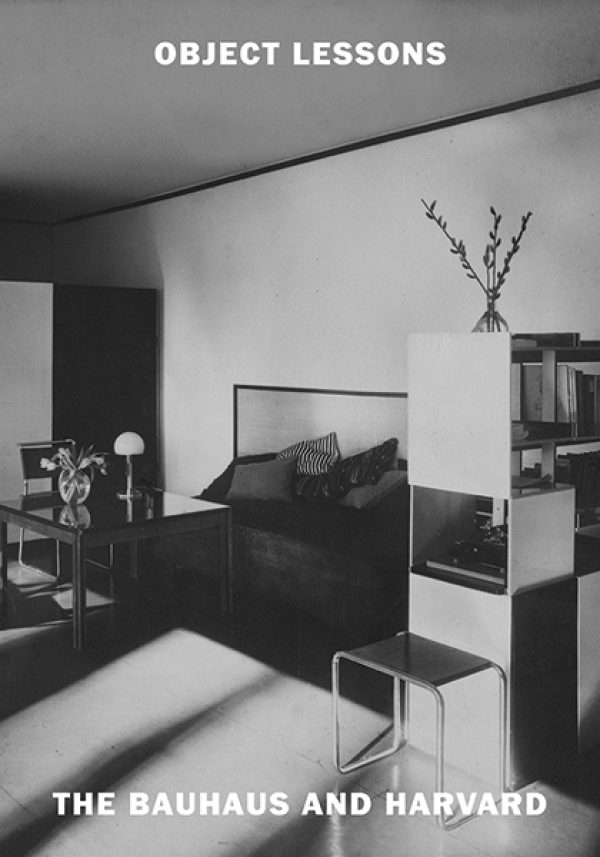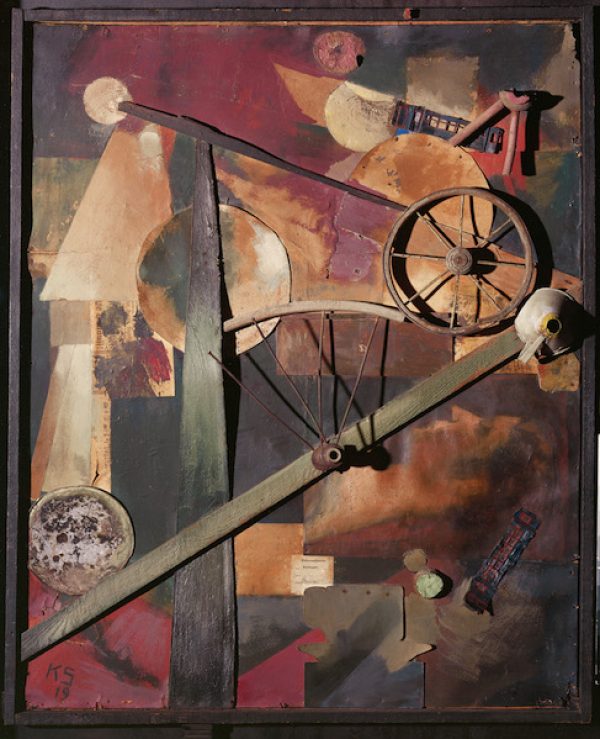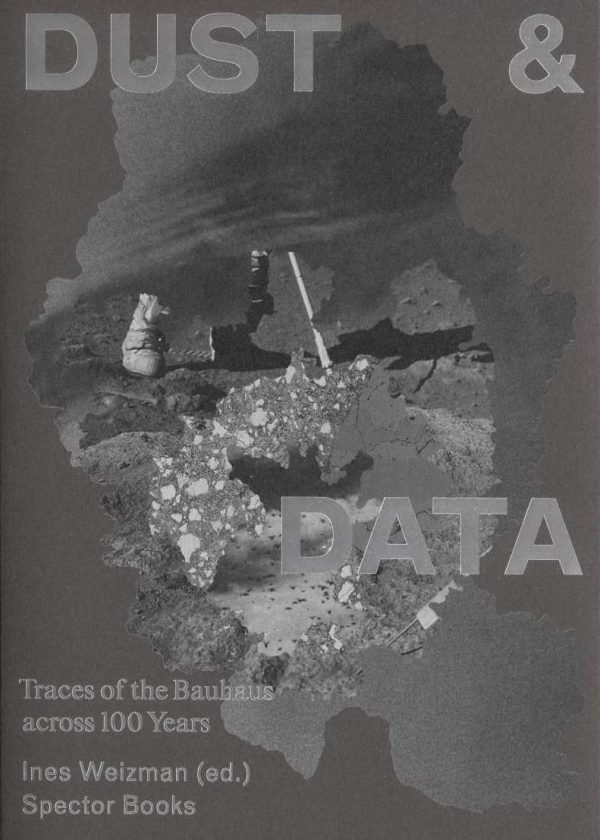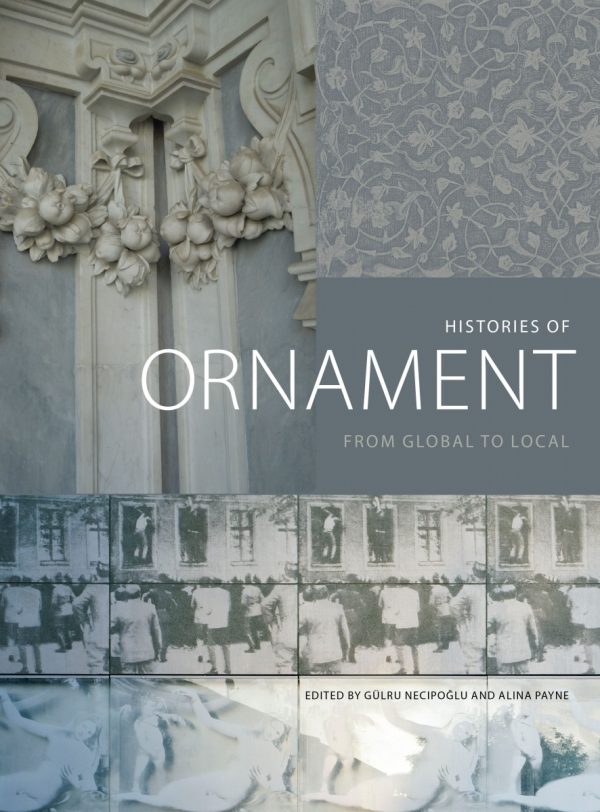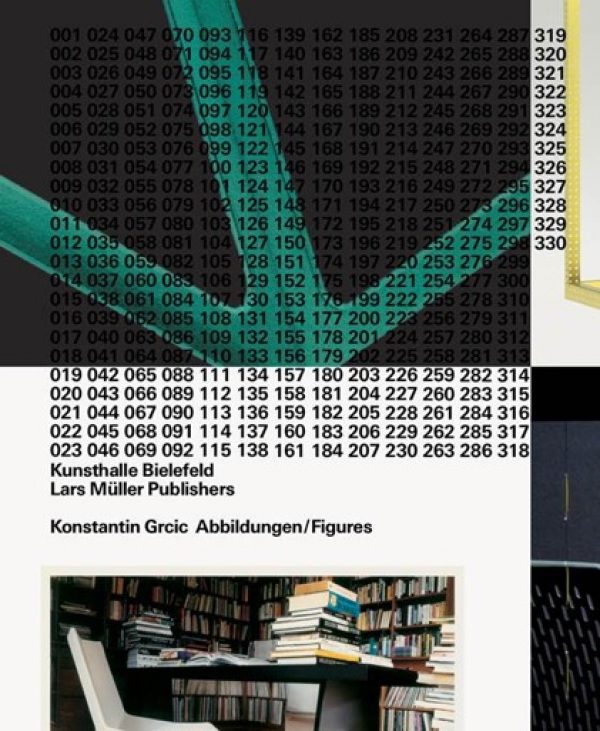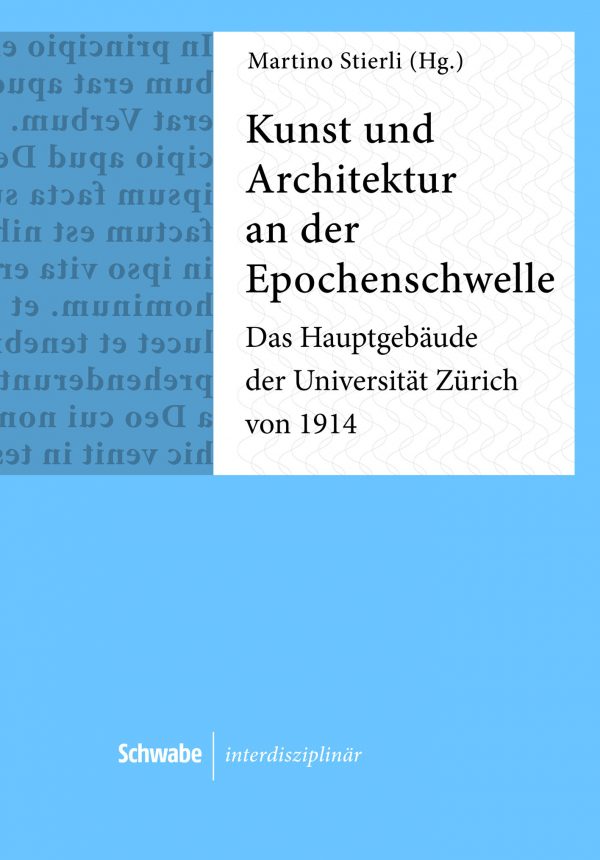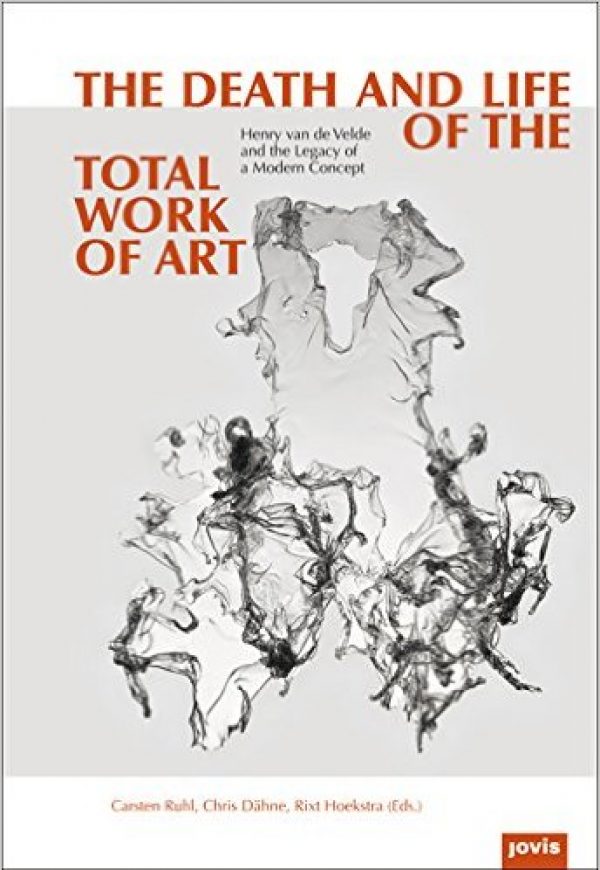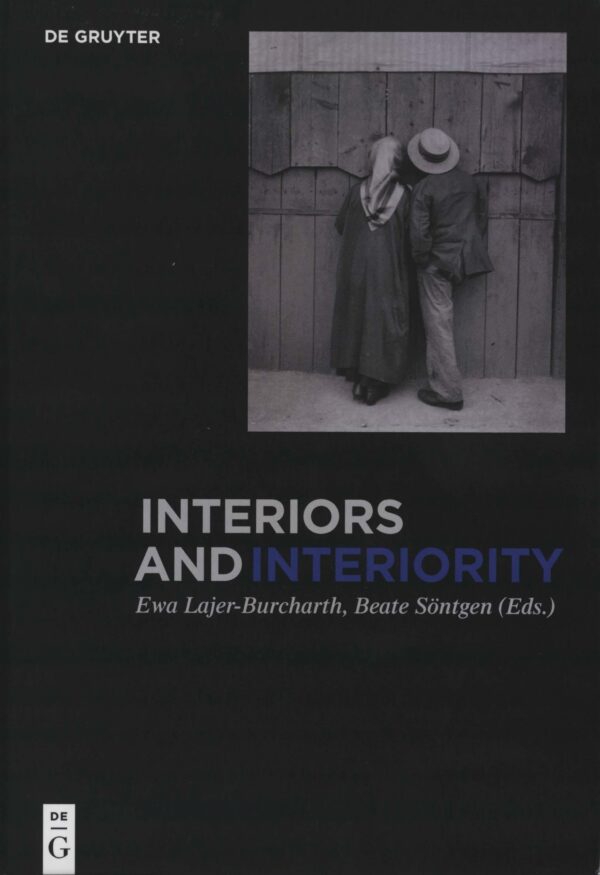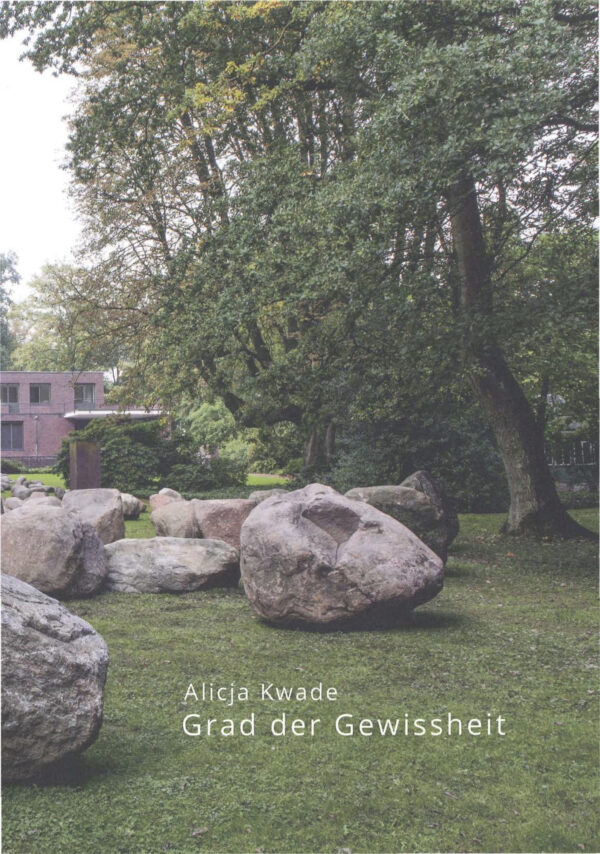Robin Schuldenfrei’s research and teaching focuses on the history and theory of modern architecture, concentrating on the subjectivity, materiality, political agency, and social impact of objects and spaces. She is interested in broad questions—theoretical and practical—of how discourses and practices of design are shaped by a given period’s own cultural and theoretical critique of its media and objects. Her research brings together three over-arching concerns of modernism: issues of materiality, architecture’s reproducibility, and investigations of transference and displacement. Schuldenfrei’s work interrogates the ways in which architecture and its objects relate to other products of society’s design—to works of art, to the production of images, to media, and to technology—and as deeply embedded in their period, culture, and intellectual/theoretical climate. To that end, she utilizes both objects and architecture as cultural indices of society at large in order to illustrate the conscious and unconscious perspectives and values of the society that generated them. More recent research lies in the area of exile and global movement. Examining paths of migration, exile and dislocation globally, she closely considers issues of detemporalization and destabilization in architectural modernism.
Schuldenfrei is committed to advancing broad, interdisciplinary conversations that are crucial for the liberal arts’ grappling with the protracted problems of our age. She is Head of The Courtauld’s Research Cluster Migrations: People, Politics, Objects which brings together interdisciplinary research and creative work related to the global movement of peoples in order to explicate the cultural value, conditions and economics of migration through the study of objects and architecture, as well as its political and legal frameworks. Schuldenfrei is a Principal Investigator and organizational member of the Architecture and Migration interest group of the European Architectural History Network (EAHN). She is an active member in the UK-based collective Unsettled Subjects which seeks to impact architectural history and architecture as a practice in actively decolonizing teaching, research, and the built environment, through the investigation of a broad set of issues and questions concerning identity, race, ethnicity, gender, sexuality, class, and power. She is also active in a myriad of efforts in support of Ukrainian architects, historians and preservationists.
She is also a founding member of the Architecture Cultures Research Cluster at The Courtauld. She regularly organises academic events through The Courtauld’s Research Forum.
Professor Schuldenfrei received her PhD from Harvard University’s Graduate School of Design and previously held tenure-track positions at the Humboldt-Universität zu Berlin and the University of Illinois at Chicago.
Schuldenfrei has lectured widely, including: Columbia University, ETH Zürich, German Center for Art History (DFK Paris), Harvard University, Kunsthistorisches Institut Florenz (Max-Planck-Institut), MIT, Princeton, Royal College of Art, Terra Foundation for American Art (Chicago and Paris), Universität für angewandte Kunst Wien, University of Edinburgh, University of Hong Kong, and Yale. Her research has been supported by awards from the Graham Foundation for Advanced Studies in the Fine Arts, the Gerda Henkel Foundation, SAH / Mellon, and the Deutscher Akademischer Austausch Dienst (DAAD).
Schuldenfrei is a regular interviewee on documentary films, tv and radio programs including The New Bauhaus film, Lucia Moholy: Bauhaus Photographer for ARTE, Bauhaus 100 for BBC 4 tv, In Our Time with Melvyn Bragg on BBC Radio 4, and design podcasts including 99% Invisible, Bauhaus Faces and Everyday Anarchism.
Teaching
- MA History of Art (year-long MA programme): Experiencing Modernism: Utopia, Politics, and Times of Turmoil
- BA3 Lessons in Critical Interpretation
- BA2 Frameworks for Interpretation: Space, Power, and Experience; Objects and Things: A Material Turn
- BA2 Lecture: The Modern Interior
- BA1 Topic Course: The Global Political City: Urban Issues in Contemporary Art
- BA 1 Topic Course: Making Modernism: Technology and London Architecture
- BA1 Foundations: 19th- & 20th-Century Architecture & Design
PhD supervision
Research interests
- European & American Modernism: architecture, design, art, media, and the history of technology
- 19th & 20th c. Architectural History
- History and Theory of the Object
- Interior Architecture and Design
- German Modernism
- Architectural Theory
- Materiality of the Global South
- Migration and Architecture
Publications
Books
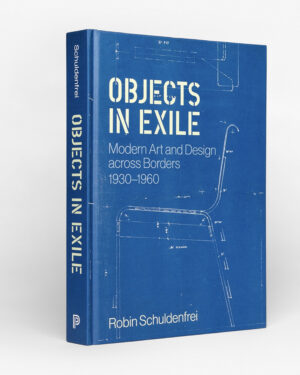
Objects in Exile: Modern Art and Design across Borders, 1930-1960 (Princeton University Press, 2024), 346 pages, 170 illustrations.
In the fraught years leading up to World War II, many modern artists and architects emigrated from continental Europe to the United States and Britain. The experience of exile infused their modernist ideas with new urgency, and forced them to use certain materials in place of others, modify existing works, and reconsider their approach to design itself. Objects in Exile reveals how the process of migration was crucial to the development of modernism, charting how modern art and architecture was shaped by the need to constantly face—and transcend—the materiality of things.
From the prewar era to the 1960s, Objects in Exile explores the objects these émigrés brought with them, what they left behind, and the new works they completed in exile. It argues that modernism could only coalesce with the abandonment of national borders in a process of emigration and resettlement, and brings to life the vibrant postwar period when avant-garde ideas came together and emerged as mainstream modernism. Examining works by Walter Gropius, László Moholy-Nagy, Lucia Moholy, Herbert Bayer, Anni and Josef Albers, and others, Objects in Exile demonstrates the social impact of art objects produced in exile.
Shedding critical light on how the pressures of dislocation irrevocably altered the course of modernism, Objects in Exile shows how artists and designers, forced into exile by circumstances beyond their control, changed in unexpected ways to meet the needs and contexts of an uncertain world.
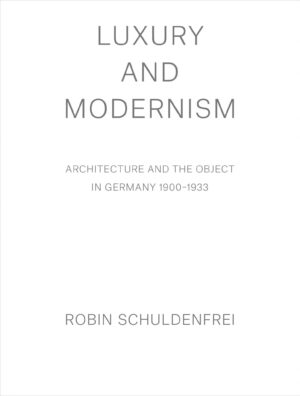
Luxury and Modernism: Architecture and the Object in Germany 1900-1933 (Princeton University Press, 2018), 336 pages, 200 illustrations. Read the introduction.
In a period of social unrest and extreme wealth disparity between the average worker and those at the helm of capitalist enterprises generating immense profits, architects envisioned modern designs providing solutions for a more equitable future. Luxury and Modernism exposes the disconnect between modernism’s utopian discourse and its luxury objects and elite architectural commissions. While modernism was publicized as a fusion of technology, new materials, and rational aesthetics to improve the lives of ordinary people, it was often out of reach to the very masses it purportedly served. Luxury and Modernism shows how luxury was present in bold, literal forms in modern designs — from rarified materials and costly technologies to lavish buildings and household objects—and in subtler ways as well, such as social milieus and modes of living. Despite the movement’s egalitarian rhetoric, many modern designs addressed the desires of the privileged individual. Yet as the book demonstrates, luxury was integral not only to how modern buildings and objects were designed, manufactured, and sold, but has contributed to modernism’s allure to this day. Luxury and Modernism provides a new interpretation of modern architecture and design in Germany, tracing modernism’s many manifestations of luxury and revealing the complexities and contradictions inherent to modernism’s promotion and consumption.
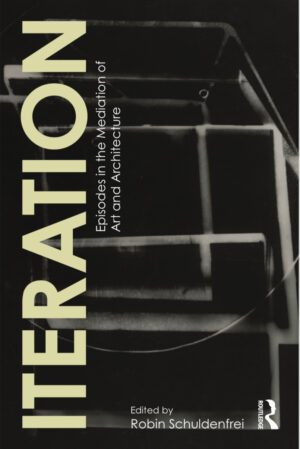
Iteration: Episodes in the Mediation of Art and Architecture. Edited by Robin Schuldenfrei (London: Routledge / Taylor and Francis, 2020). ‘Introduction’ and essay ‘Iteration of the Non-iterative: Revaluation and the Case of László Moholy-Nagy’s Photograms’ therein.
This edited volume considers the ways in which multiple stages, phases, or periods in an artistic or design process have served to arrive at the final artifact, with a focus on the meaning and use of the iteration. To contextualize iteration within artistic and architectural production, this collection of essays presents a range of close studies in art, architectural and design history, using archival and historiographical research, media theory, photography, material studies, and critical theory. It examines objects as unique yet mutable works by examining their antecedents, successive exemplars, and their afterlives—and thus their role as organizers or repositories of meaning. Key are the roles of writing, the use of media, and relationships between object, image, and reproduction. This volume asks how a closer look at iteration reveals new perspectives into the production of objects and the production of thought alike.
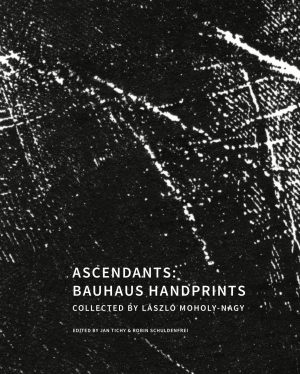
Ascendants: Bauhaus Handprints Collected by László Moholy-Nagy. Edited by Jan Tichy and Robin Schuldenfrei (Chicago: IIT Institute of Design, 2019), 118 pages. ‘The Tangible and the Abstract: A Conversation on Ascendants,’ Robin Schuldenfrei with Jan Tichy, therein.
Ascendants: Bauhaus Handprints Collected by László Moholy-Nagy offers a unique insight into one of the less familiar sides of the Bauhaus at large and Moholy-Nagy in particular. In May 1926, thirteen Bauhaus professors and students created handprints that were preserved by László Moholy-Nagy. This publication brings together for the first time all of the so-called Bauhaus handprints in their historical and contemporary contexts with scholars and artists touching upon and responding to the Bauhaus legacy.
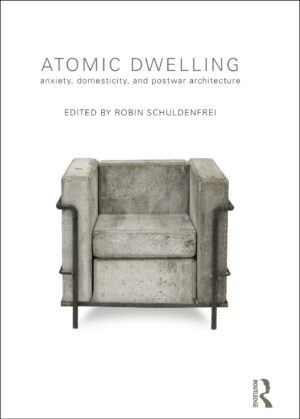
Atomic Dwelling: Anxiety, Domesticity, and Postwar Architecture. Edited by Robin Schuldenfrei (London: Routledge / Taylor and Francis, 2012). ‘Introduction’ and essay ‘Assimilating Unease: Moholy-Nagy and the Wartime/Postwar Bauhaus in Chicago’ therein.
In the years of reconstruction and economic boom that followed the Second World War, the domestic sphere encountered new expectations regarding social behaviour, modes of living, and forms of dwelling. This book brings together an international group of scholars from architecture, design, urban planning, and interior design to reappraise mid-twentieth century modern life, offering a timely reassessment of culture and the economic and political effects on civilian life.
This collection includes essays that examine art, objects, and spaces in the context of practices of dwelling over the long span of the postwar period. The authors consider various postwar spaces and the ways in which the anxiety of the cold war era infiltrated the domestic sphere or, the ways in which various versions of “home” were conjured to ease broader outside political or cultural tensions. Atomic Dwelling: Anxiety, Domesticity, and Postwar Architecture asks what role material objects, interior spaces, and architecture played in quelling or fanning the anxieties of modernism’s ordinary denizens, and how this role informs their legacy today.

Bauhaus Construct: Fashioning Identity, Discourse, and Modernism. Edited by Jeffrey Saletnik and Robin Schuldenfrei (London: Routledge / Taylor & Francis, 2009). ‘Introduction’ and essay ‘The Irreproducibility of the Bauhaus Object’ therein.
In the years of reconstruction and economic boom that followed the Second World War, the domestic sphere encountered new expectations regarding social behaviour, modes of living, and forms of dwelling. This book brings together an international group of scholars from architecture, design, urban planning, and interior design to reappraise mid-twentieth century modern life, offering a timely reassessment of culture and the economic and political effects on civilian life.
This collection includes essays that examine art, objects, and spaces in the context of practices of dwelling over the long span of the postwar period. The authors consider various postwar spaces and the ways in which the anxiety of the cold war era infiltrated the domestic sphere or, the ways in which various versions of “home” were conjured to ease broader outside political or cultural tensions. Atomic Dwelling: Anxiety, Domesticity, and Postwar Architecture asks what role material objects, interior spaces, and architecture played in quelling or fanning the anxieties of modernism’s ordinary denizens, and how this role informs their legacy today.
Essays and articles
Robin Schuldenfrei, ‘The Bauhaus Negatives’ and ‘Products of Objectivity’ in Lucia Moholy: Exposures, ed. Jordan Troeller (Berlin: Hatje Cantz, 2024), pp. 136-169.
Robin Schuldenfrei, ‘Embodied Modernism: Experiential Living in an Experimental House,’ in Space + Place: Third Tri-Annual Lovis Corinth Colloquium on German Modernism, ed. Lisa Lee, Christina Crawford, and Nathan Goldberg (Leiden: Brill, forthcoming Spring 2024).
Robin Schuldenfrei, ‘Peter Behrens bei der AEG: Luxusschaufenster und moderne Industrie / Peter Behrens at the AEG: Display Windows of Luxury and Modern Industry,’ in Die große Verführung: Karl Ernst Osthaus und die Anfänge der Konsumkultur / The Grand Seduction: Karl Ernst Osthaus and the Beginnings of Consumer Culture (Köln: Wienand Verlag, 2023), pp. 274-279.
Robin Schuldenfrei, ‘Grid and Cell: Inhabiting Hilberseimer’s City,’ in Architect of Letters: Reading Hilberseimer, ed. Florian Strob (Basel: Birkhäuser Verlag, 2022), pp. 70-82.
Robin Schuldenfrei, ‘Lucia Moholys Bauhaus-Negative und die Konstruktion eines modernistischen Erbes,’ in Lucia Moholy: Das Bild der Moderne, ed. Tobias Hoffmann, Thomas Derda, and Fabian Reifferscheidt (Cologne: Wienand, 2022), pp. 114-141.
Robin Schuldenfrei, ‘Topographies of subordination and resistance in CLR James The Black Jacobins’ in Unsettled Subjects/Unsettling Landscapes: Confronting Questions of Architecture in C.L.R James’ The Black Jacobins, by Unsettled Subjects, Field Journal 8, no. 1 (March 2022): 145-167 (therein pp. 152-155), special issue on ‘Embodying an Anti-Racist Architecture.’
Robin Schuldenfrei, ‘Materiality in Perspective: Monuments, Object Relations, and Post-War Berlin,’ Word and Image 37, no. 3 (December 2021), pp. 275-287, special issue on ‘Perspective,’ guest edited by Julie Park.
Robin Schuldenfrei, ‘Preliminary Objects for Modern Subjects: László Moholy-Nagy’s Bauhaus Theory and Lucia Moholy’s Photographic Representation’ in Object Lessons: The Bauhaus and Harvard, edited by Laura Muir (New Haven: Yale University Press, 2021), pp. 95-114. Published in Greek translation: “Producing the Bauhaus: Preliminary Objects for Modern Subjects,” in Bauhaus and Greece, ed. Sokratis Georgiadis and Andreas Giacumacatos (Athens: Kapon Editions, 2021), pp. 24-35.
The Resonant Object, special issue in tribute to Charles W. Haxthausen, Journal of Art Historiography, edited by Amy Hamlin and Robin Schuldenfrei, no. 21 (December 2019). “Introduction” therein.
Robin Schuldenfrei, ‘Re-inscribing Mies’s Materiality’ in Dust & Data: Traces of the Bauhaus across 100 Years, edited by Ines Weizman (Leipzig: Spector Books, 2019), pp. 142-166.
Robin Schuldenfrei, ‘Sober Ornament: Materiality and Luxury in German Modern Architecture and Design’ in Histories of Ornament: From Global to Local, edited by Alina Payne and Gülru Necipoğlu (Princeton: Princeton University Press, 2016), pp. 334-347.
Robin Schuldenfrei, ‘Subjective Objects: Historicity and the Design of Konstantin Grcic / Subjektive Objekte: Geschichtlichkeit und das Design von Konstantin Grcic’ in Konstantin Grcic: Abbildungen / Figures, ed. Friedrich Meschede (Zurich: Lars Müller, 2016), pp. 294-344, in English and German.
Robin Schuldenfrei, ‘Der Luxus der Objektivität: Schaufenster um 1914’ (The Luxury of Objectivity: Display Windows around 1914) in Kunst und Architektur an der Epochenschwelle: Das Hauptgebäude der Universität Zürich von 1914, edited by Martino Stierli (Basel: Schwabe Verlag, 2016), pp. 153-96, in German.
Republished in: Made in Germany: Politik mit Dingen Der Deutsche Werkbund um 1914, edited by Renate Flagmeier (Berlin: Brandenburgische Universitätsdruckerei und Verlagsgesellschaft, 2017), pp. 70-107.
Robin Schuldenfrei, ‘Existenzminimum as Gesamtkunstwerk’ in The death and life of the total work of art: Henry Van De Velde and the legacy of a modern concept, edited by Carsten Ruhl, Rixt Hoekstra and Chris Dähne (Berlin: Jovis Verlag, 2014), pp. 63-78.
Robin Schuldenfrei, ‘Contra the Großstadt: Mies van der Rohe’s Autonomy and Interiority’ in Interiors and Interiority, edited by Ewa Lajer-Burcharth and Beate Soentgen (Berlin: De Gruyter, 2014), pp. 279-94.
Robin Schuldenfrei, ‘Introduction’ to Lilly Reich, ‘Questions of Fashion’ (1922) in West 86th: A Journal of Decorative Arts, Design History and Material Culture, volume 21, no. 1 (Spring-Summer 2014): 102-120.
Robin Schuldenfrei, ‘The Auratic Productive Object’, in Alicja Kwade: Grad der Gewissheit (Degree of Certainty), edited by Sylvia Martin (Berlin: Distanz, 2014), pp. 138-147; German: “Das Auratische Produktive Objekt,” pp. 126-137.
Robin Schuldenfrei, ‘Capital Dwelling: Industrial Capitalism, Financial Crisis and the Bauhaus’s Haus am Horn’ in Architecture and Capitalism: 1845 to the Present, edited by Peggy Deamer (London: Routledge, 2013), pp. 71-95.
Robin Schuldenfrei, ‘Images in Exile: Lucia Moholy’s Bauhaus Negatives and the Construction of the Bauhaus Legacy’ in History of Photography, Volume 37, No. 2 (May 2013), pp. 182-203.
Robin Schuldenfrei, ‘Bilder im Exil: Lucia Moholys Bauhausfotografien und die Konstruktion des Bauhaus-Erbes’ (Images in Exile: Lucia Moholy’s Bauhaus Photographs and the Making of the Bauhaus Legacy) in Entfernt: Frauen des Bauhauses während der NS-Zeit – Verfolgung und Exil, edited by Inge Hansen-Schaberg, Wolfgang Thöner, and Adriane Feustel (München: Richard Boorberg Verlag, Edition Text + Kritik, 2012), pp. 251-273.
Robin Schuldenfrei, ‘Luxus, Produktion, Reproduktion’ (Luxury, Production, Reproduction) in Mythos Bauhaus: Zwischen Selbsterfindung und Enthistorisierung. Edited by Anja Baumhoff and Magdalena Droste (Berlin: Reimer Verlag, 2009), pp. 70-89.
Robin Schuldenfrei, Review of Jill Pearlman, American Modernism: Joseph Hudnut, Walter Gropius, and the Bauhaus Legacy at Harvard (Charlottesville: University of Virginia Press, 2007) for Design & Culture, Volume 1, Issue 3 (November 2009), pp. 387-389.
Robin Schuldenfrei, Design~Recline: Modern Architecture and the Mid-Century Chaise Longue. Exhibition Catalogue, Harvard University Art Museums Gallery Series, Number 40, 2004.
PhD supervision
Richard Coward, ‘The rise and demise of Art Nouveau considered though a semiotic appraisal of Victor Horta’s Architecture’. Supervisor (The Courtauld).
Rachel Denniston, ‘Curating the ‘Anti-Museum’: Women and the Occult Publics of Abstraction, 1910-45’. Supervisor (The Courtauld).
Claudine Seroussi, ‘Continuity and disruption: The French jeweller 1920-1929’. Supervisor, with Caroline Levitt (The Courtauld).
Bethany Claus Widick, ‘Rooms of her Own: a Gendered Spatial Analysis of Women’s Professional and Social Clubs in Victorian and Edwardian London’. Supervisor (The Courtauld)
Michelle Zhu, CI, ‘The ‘Criminal’ Other?: The Politics of Citizenship in the Visual Culture of the Weimar Republic’. Advisor, Supervisor: Prof. Dorothy Price (The Courtauld).
Elina Axioti, ‘Hotel Rooms: Politics of Isolation – Rules of Hospitality’. Supervisor (Humboldt University Berlin)
Kathrin Engler, ‘Patterns of Life – Andrea Zittel’s A-Z Enterprise’. Supervisor, with Prof. Gregor Stemmrich (Free University of Berlin)
Recently completed
Phoebe Day, ‘”Paris Is a Vast Library Hall”: Gisèle Freund’s Photographs of Walter Benjamin at the Bibliothèque nationale Reconsidered’. Supervisor (The Courtauld, 2025)
Laura C. Jenkins, ‘Civilising Decoration: French Interiors in the American Gilded Age, 1882-1914’. Advisor, Supervisor: Prof. Katie Scott (The Courtauld, 2024)
Friederike Schäfer, ‘Claiming Space(s): Locating Suzanne Harris’ Dance Practice and Ephemeral Installations within New York City in the 1970s’ (Humboldt University Berlin, 2020)
Lena Hennewig, Humboldt-Universität zu Berlin, ‘“Uralt, ewig neu” Oskar Schlemmers Bild von Mensch, Raum und Kunstfigur während seiner Tätigkeit am Bauhaus’ (Humboldt University Berlin, 2020)
Nico Janke, ‘Die Möbelkunst an der sudlichen Ostseekuste Deutschlands ca. 1780-1850’ (Humboldt University Berlin, 2016)
Sandra König, ‘Albinmüller (1871-1941) – Kunstgewerbe zwischen Jugendstil und Werkbund’, supervised with Dr Annette Dorgerloh (Humboldt University Berlin, 2015)
Monica Obniski, ‘Accumulating Things: Folk Art and Modern Design in the Postwar American Projects of Alexander H. Girard’, supervised with Prof. Robert Bruegmann, Prof. Pat Kirkham, Prof. Jonathan Mekinda (University of Illinois at Chicago, 2015)
Sarah M. Dreller, ‘The Time, Life, and Fortune of Time Inc.’s Architectural Forum magazine, 1932-64’, supervised with Prof. Robert Bruegmann, Prof. Esra Akcan (University of Illinois at Chicago, 2015)
Erica Morawski, ‘Designing Destinations: Architecture, Urbanism, and American Tourism in Puerto Rico and Cuba’, supervised with Prof. Robert Bruegmann, Prof. Esra Akcan, Prof. Kathryn O’Rourke (University of Illinois at Chicago, 2014)







